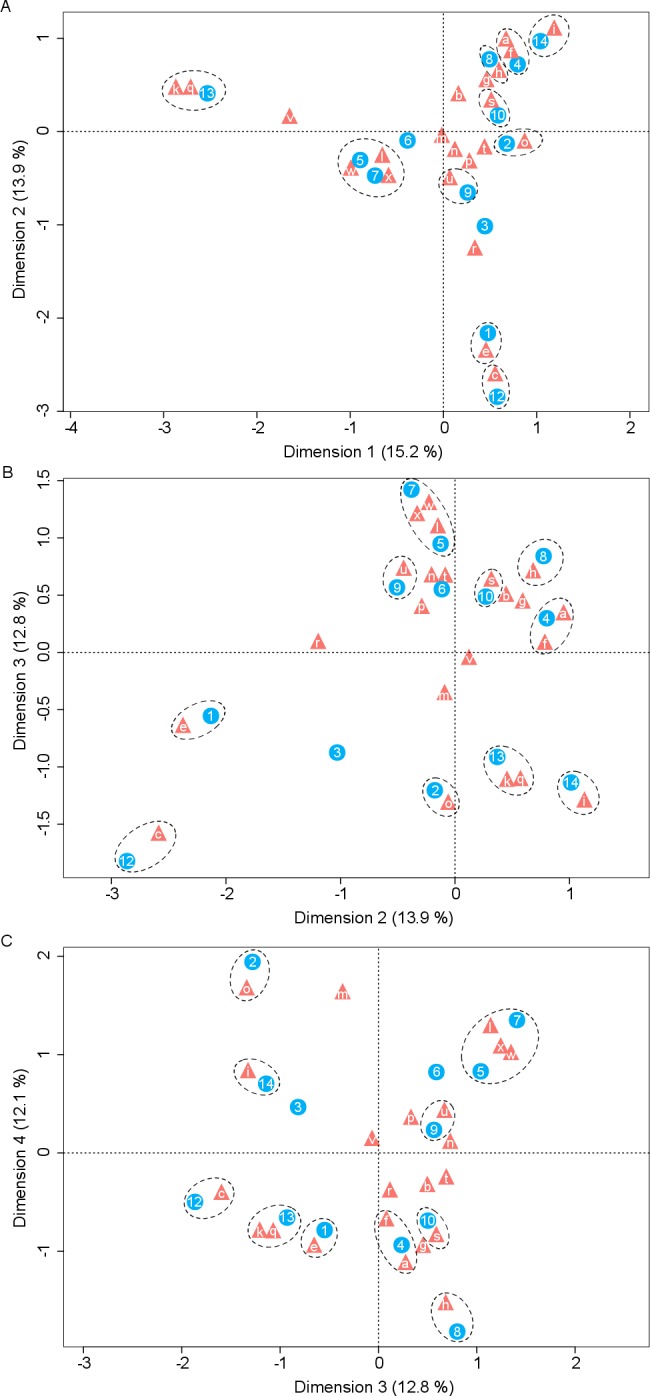Figure 2. Correspondence analysis for nectar-living yeasts.

Correspondence analysis for yeasts isolated from floral nectar samples. Plots show the associations between yeasts and host plants: (A) dimensions 1 and 2, (B) dimensions 2 and 3, (C) dimensions 3 and 4. Yeasts are depicted by filled triangles and letters and host plants by filled circles and numbers. Distances among points depict the similarity between members of the same yeast group or of the same plant group. White dashed-line ellipses indicate significant (p < 0.05) correspondences between yeasts and host plants. Percentage of contribution of each dimension to total variation is shown in parenthesis in the respective dimension. The points depicting the extreme correspondence of Kurtzmaniella cleridarum with Opuntia dillenii were extracted from the graphic analysis so that the correspondences are better observed. Yeasts: (a) Starmerella sp., (b) Wickerhamiella occidentalis, (c) Candida sorbosivorans, (e) Clavispora lusitaniae, (f) Metschnikowia ipomoeae, (g) Metschnikowia lochheadii (h) Metschnikowia sp., (i) Metschnikowia koreensis, (k) Vishniacozyma taibaiensis, (l) Saitozyma flava (m) Cryptococcus sp.1, (n) Cryptococcus laurentii var. laurentii, (o) Papilotrema flavescens, (p) Cryptococcus sp.2, (q) Naganishia liquefaciens, (r) Hannaella siamensis, (s) Kwoniella mangrovensis, (t) Rhodotorula paludigena, (u) Sporidiobolus ruineniae, (v) Sympodiomycopsis paphiopedili, (w) Ustilago sparsa, (x) Ustilago sp. Host plants: (1) Agave angustifolia, (2) Bravaisia berlandieriana, (3) Gymnopodium floribundum, (4) Ipomoea crinicalyx, (5) Ipomoea hederifolia, (6) Ipomoea nil, (7) Ipomoea triloba, (8) Lonchocarpus longistylus, (9) Merremia dissecta, (10) Operculina pinnatifida, (12) Passiflora foetida, (13) Piscidia piscipula, (14) Tecoma stans.
